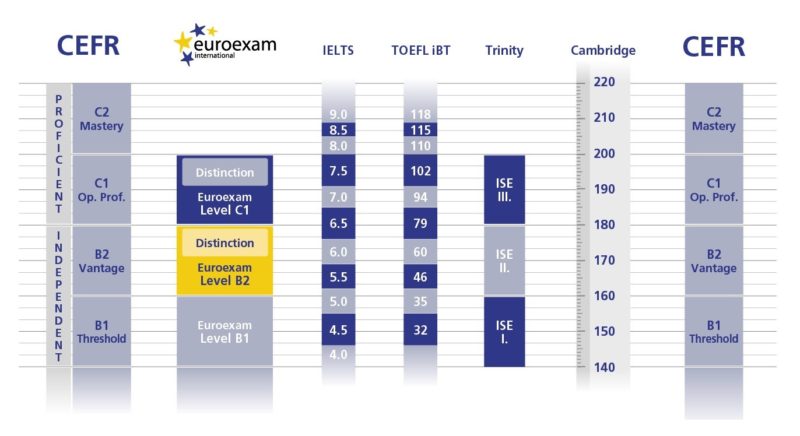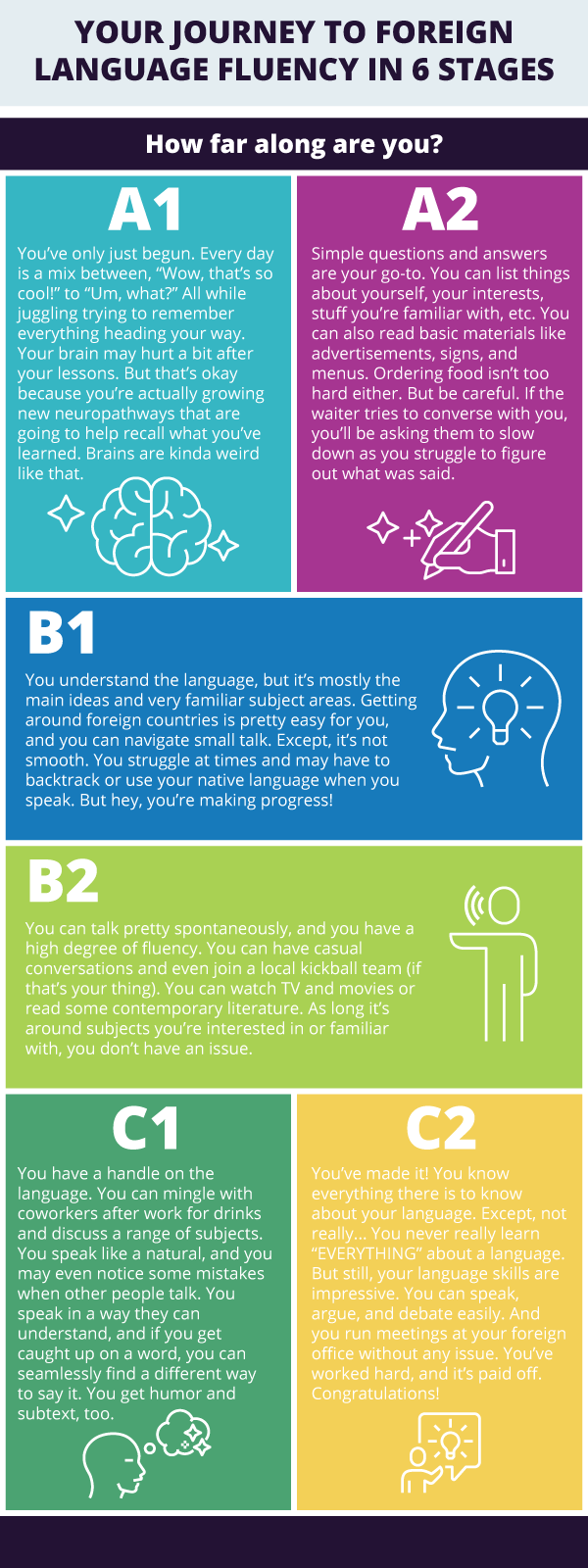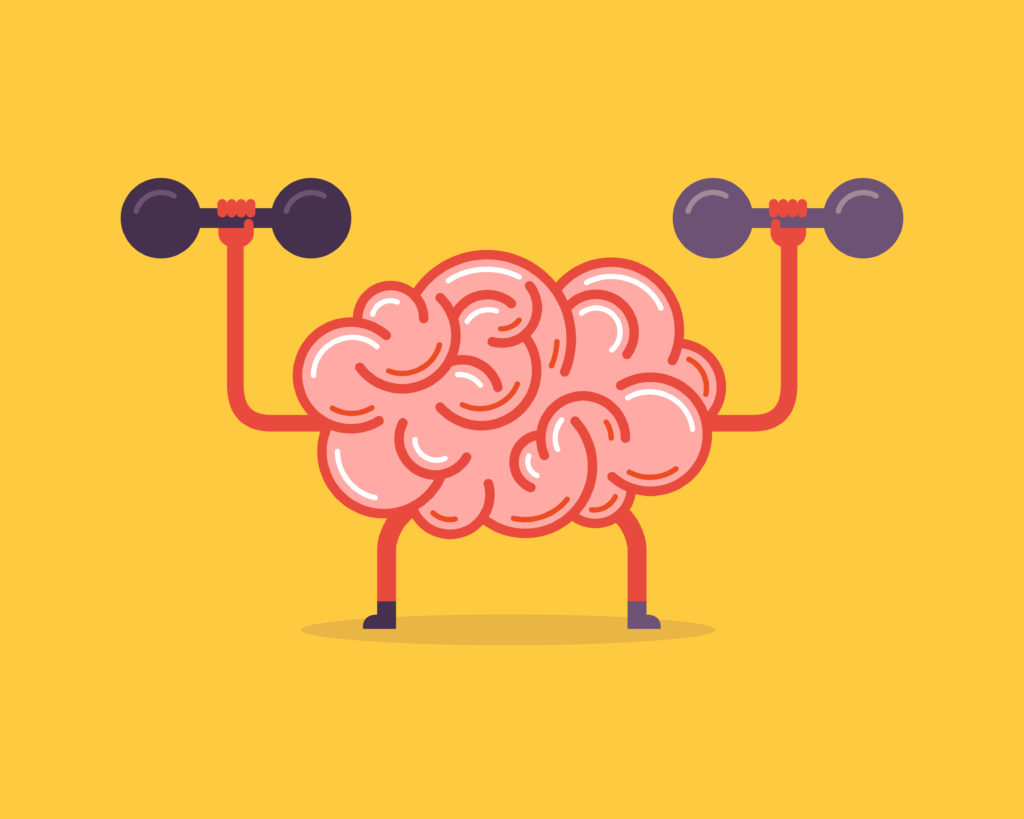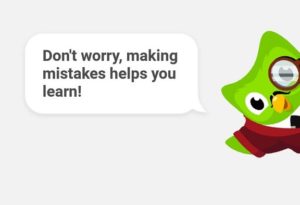Discover Your Level of Fluency Using the CEFR Self-Assessment
Fluency is one of the most debated terms in language-learning, and perhaps one of the most often misunderstood concepts. The reality is that “fluency” means different things to different people. Plus, that definition can change over time. Luckily, there’s an easy way to evaluate your fluency in a foreign language using CEFR’s Levels of Language Proficiency.
When you’re just starting out, you might be really happy to say a few basic expressions. Once you get more advanced, you might wish you could have a formal discussion on current events. It’s a moving goalpost for all of us. This makes defining levels of language proficiency tricky…
So, we’re going to make it REALLY easy for you. Because after all, language-learning should be a simple, exciting journey. This article is going to overview EVERYTHING you need to know about the CEFR, what fluency is, and how you can figure out your level of language proficiency using the CEFR self-assessment.

What Does It Mean to Know a Language?
On the surface, learning a language seems like a pretty straightforward process. You might read through some language guides, spend some time on YouTube, and even use the best language-learning program out there. But when you take a closer look, the idea of what “learning” is and what it means to “learn” something becomes much less clear.
For instance, if you study French in school and pass the tests, do you know the language? Maybe. But what happens if you try to use it and struggle or even fail to speak? Did you learn the language? Even after studying it for all those years? What if you can read, but not write? What if you can speak, but you have a hard time understanding? What if you have an accent?
And most importantly, you may wonder, “When will I ever finish!?”
And this grows more complicated once we move outside of your definition of “learning” and evolve towards what it means to “know”. What do you know or think you know? And what do native speakers think about your language skills? On the one hand, we often know far less than we’d hope. On the other hand, we often know far more than we think we do.
How many domains can you break a language into?
If you want to figure out whether or not you know something, you need to know the aspects of that topic. And for language learning, that means understanding how many domains make up a language. The answer is 4.
Reading |
Writing |
Listening |
Speaking |
Why does this matter? Because so many people want to reach fluency but they often only focus on one or two domains. And the result is that they never make real progress to that goal.
The CEFR makes this easy. It lays out all the domains and then gives you explicit details on how to reach each level of language proficiency in each category. Yet, despite the fact that all language learners want to know how fluent they are, very few have heard of the CEFR. And of those who’ve heard of it, most haven’t seen it broken down into a way that makes sense.
And that’s exactly what we’re going to do in this post.
Naturally, there have been many attempts to create an objective reference to gauge language-learning. The CEFR is perhaps the most widely-used model in existence. So, to fully understand what it means to “learn a language” by CEFR standards, we need to define the CEFR and look at how it’s used to define language learners.
And once we do that, we’re going to show you a quick and easy way to self-assess your language learning abilities. This way you always know what level of language proficiency you are.
What Is the CEFR and Why Does it Exist?

The CEFR is short for the Common European Framework for the References of Languages. And it’s the current guideline used to describe achievements of foreign language learners across Europe and increasingly in other countries.
Originally, the Council of Europe created the CEFR as the main part of a project called “language-learning for European Citizenship” between 1989 and 1996. Its main aim was to provide a method of learning, teaching, and assessing language that applies to European languages.
The CEFR Levels of Language Proficiency
The CEFR achieves a standardized method of measuring language-learning by formally assessing and categorizing the abilities of people trying to learn a new language. It places language learners into 3 different categories, Basic, Independent, Proficient.
In each of these categories, there are two levels of language proficiency:
- Basic: A1 and A2
- Independent: B1 and B2
- Proficient: C1 and C2
(Tourist/A0/Pre A1 defines someone who is just getting started on their language-learning journey and has no working knowledge of the language).

Because the CEFR is a standardized unit of measurement, there is less confusion and variance in one’s language-learning level. A person who’s at a B2 Level of Language Proficiency in French living in Germany, for example, would have the same B2 level of French as someone studying in Italy, according to the CEFR.
As learners improve their language skills, they move through the stages and into different categories. During this process, students can take the CEFR assessments used to evaluate their ability and track progress towards a target language level of language proficiency. However, it’s possible (and much easier) for language learners to gauge their progress through self-assessment.
What Is the CEFR Self-Assessment Rubric?
The CEFR rubric breaks down language-learning levels into four domains. These are: listening, reading, writing, and speaking. Using the rubric, you can self-assess your abilities based on what you’re able to do in each category. And the CEFR makes this easy because it uses clear statements to classify ability in each category.
Language-learning is more of a spectrum than a series of clear cut steps. So, an A1 speaker would have a basic understanding of the language on this spectrum. By that same token, C2 would describe the highest language skill level of language proficiency according to the CEFR. This would be language mastery. In short, the self-assessment defines the space between beginner and near-native speaker through a series of steps that anyone can understand.

Here, it’s important to note that one’s language abilities might not be uniform across all four domains of language-learning. More on that in a bit…
The CEFR exists because of the difficulty in classifying language ability. As a skill, abilities vary greatly. While your friends, family, and loved ones might think your ability to speak in a certain language is fluent. Professors, teachers, or employers may have different opinions. As a result, the CEFR attempts to remove the subjective difficulties in gauging one’s language-learning progress by establishing a list of specific criteria.
How The CEFR Assess Levels of Language Proficiency Works
Below you’ll find a very brief overview of the CEFR. It generally defines what speakers can do at each level of language proficiency and roughly how many words they have command over. However, only the self-assessment rubric goes fully into the domains with each of its categories. (We’ll cover those shortly…)
A Brief Overview of CEFR Levels of Language Proficiency
Level |
Description |
Vocabulary |
Speakers generally can: |
A1 |
Beginner |
500 words |
Use and understand basic phrases when speaking slowly. |
A2 |
Elementary |
1,000 words |
Understand simple expressions and express immediate needs. |
B1 |
Intermediate |
2,000 words |
Comprehend common issues and improvise discussion. |
B2 |
Upper |
4,000 words |
Understand complex topics; engage in spontaneous speech. |
C1 |
Advanced |
8,000 words |
Express ideas fluently and spontaneously without strain. |
C2 |
Mastery |
16,000 words |
Comprehend virtually everything read or heard. |
Bear in mind that these are general guidelines. Knowing 2,000 words in your target language does not automatically make you a B2 speaker. In fact, many new language learners make the common mistake of asking how many words do you need to know to be fluent in a foreign language.
It’s not an accurate way to gauge language learning, however. To use an analogy, being a great painter requires far more than having a large number of colors to paint.
Both speaking and painting requires practice, patience, and skill.
Fluency involves the ability to string words together into phrases so you can communicate. After all, language is about communicating with other people to achieve some kind of goal. Words help with that, but knowing them is not the end result.
Rather, it’s best to look at it in the reverse. Someone who’s C1 can “express ideas fluently and spontaneous without strain,” and they probably have a grasp of around 8000 words.

Remember: the CEFR is a guide. And like with any guide, it’s important to use it as a frame of reference and as a tool to help you set language-learning goals. However, it’s also important not to get too tied up on categories or labels. To put it another way, you wouldn’t grade a musician on their ability to plan the guitar. But guitarists can be classified by their abilities.
The key is knowing what they can do with the instrument, and what you can do with the language. This is what we’ll look at next.
How Are the CEFR Domains Defined?
Below we have a modified version of the original CEFR to make it easier to understand. The CEFR breaks language down into 4 different domains: Reading, Writing, Speaking, and Listening. However, they break Speaking down further into 2 categories, Spoken Interaction (speaking in a conversation) and Spoken Production (speaking to people).
To find your level of language proficiency according to the CEFR, simply pick a domain, then read through the statements in that category. If you have those abilities, move down to the next one.
You’ll quickly see that you can be at different levels of language proficiency in each category. You may have a B2 in listening but a B1 in reading, depending on how you study and what areas interest you.
And once you figure out your level, you can see what’s needed to move on to the next level. It’s a quick way to discover where your abilities are.
[pdf-embedder url=”https://www.optilingo.com/wp-content/uploads/2019/09/537459_CERF-Table_092019.pdf” title=”537459_CERF Table_092019″]
Using the CEFR to Find Your Level of Language Proficiency
From there, you can use statements in the next category to quickly see what you need to accomplish to go up a level. Each row progressively gets more complex the closer you get to C2. For instance, your topics of conversation move from general, chopped phrases and words to an increased ability to analyze and discuss more complex topics fluidly.
To figure out your overall level of language proficiency, you average them out. For instance, if you’re a B2 speaker and listener, a B1 reader, and an A1 writer, you would roughly classify as an overall B1.
How Can I Rapidly Achieve “Fluency” on the CEFR Scale?
You can use the CEFR to gauge your level of language proficiency. This will help you understand your strengths and weaknesses. But it’s important to remember that language-learning is a skill to be learned, not studied. And the failure to treat it as such usually results in a failure to learn the language.
How Quickly Can I Learn a New Language?

Sadly, there are limitations to how fast we can learn something. In short, we have several different types of memory that all work in their own way. But pushing something from short-term memory into long-term memory takes time.
Learning is an organic process that requires your brain to build new synapses so that it can access new information. And while there are techniques you can do to optimize your time, there is a ceiling to how fast you can truly learn new information.
So while there are no “tricks” or “shortcuts”, there are a few strategies you can use to maximize your efforts.
The truth most language-learning apps suck. And many traditional methods prioritize reading and writing over speaking and listening. Most programs like DuoLingo and Babbel are okay for flashcards. But, they over-rely on knowing words rather than speaking. And this is why people get stuck on their journey to learn a new language.
If you want to stark speaking in your target language fast, then you need a language-learning program that gets you speaking instead of typing, your language. Luckily, that’s exactly what OptiLingo does. For more information, check out how OptiLingo works today!






